We have been working with pro teams in the MLS, NBA, NFL, NHL, MLB, European soccer, pro tennis, pro rugby as well as Olympic teams for 10 years, and oftentimes we come across great sports performance products (sleep tech, hydration assessment, neurotech, injury prevention tools, GPS..) but many of them do not get enough traction for many reasons. Sometimes the product does not fit into the sports performance’s and athletes’ workflow. Other times the product is too expensive, or the management team of the startup just does not know how to work with pro teams. In this analysis we will go through what we believe are the best practices to build and sell a sports performance product to pro teams and leagues.
- Build a product that fits into the coach and athletes’ workflow: It is important to build a sports performance product that can be easily used as part of the coaches’, ATs’ or athletes’ routine. If it requires for the athletic training staff and athletes to change their daily routine, or for the athletic training staff to ask an athlete to sit down for 10-15 minutes to use a sports performance product, it just won’t work and the sports performance staff and athletes won’t adopt it even if the product is groundbreaking. As we mentioned before this is probably one of the biggest mistakes we see sports tech startups make. Oftentimes they build sports performance products that require teams to change their workflow. So our advice to any sports tech startups is to take the time in the early days to study and understand how your product will be able to fit into the teams’ workflow. To do so, go ask a staff member of a local sports team (e.g. high school/college team) and try to understand what his/her typical workflow or daily routine is. It will save you a lot of time and headaches down the road.
- Understand the use cases and user personas: Another important element of building a sports performance product is to understand the use cases and user personas. A use case is a specific situation in which a product or service could potentially be used. For example a product could be used to help accelerate the rehab process. That’s what a use case is all about. In addition understanding who the user personas (Athletic trainers, sports scientists, head of sports performance, head of sports science..) are is equally important. Once the user personas are identified it is critical to fully understand their typical workflows, their work environments, their daily tasks, what they use to perform their tasks, and how they measure those tasks (e.g. KPIs). Then once this is understood it is important to fully define and understand how the new sports performance product would help improve those tasks and the associated KPIs and make it easier for them to perform their tasks.
- Build a product that solves a team’s real problem: What is the point of building a product that does not solve a team’s problem? As Machar Reid, Innovation lead at Tennis Australia, explained to us:
“The mission for founders of sports performance products is really no different to other founders … it’s all about solving the right the problem in the right way. The context might be different but the challenge for founders is very very familiar”.
This is why it is important to build a product that addresses a team’s problem, whether it is reducing the number of injuries, prevent injuries, accelerating the rehab process, improving athletes’ sleep or reducing stress, etc. As we mentioned before, sports tech startups should sit down with some local teams to get confirmation that their product is addressing a real problem.
Manuel Coutinho, Physiologist at Botafogo FC (Brazilian soccer team), elaborates a bit more on Machar’s assessment:
“I’m a startup enthusiast because startups can quickly solve problems. This greatly contributes to the development of technologies used in sports, which creates creative and very useful solutions. The growth of high-performance teams has reached a new level due to improvements in equipment and training solutions. The need for more efficient recovery processes has created a new demand in the market. Startups are critical to help clubs, athletes and coaches find new solutions there”.
- Build a product that has a market fit. Another key question to answer when building a sports performance product is: “Is there a market fit? What is the business case?”. To do so it is important for sports tech startups to reach out to potential customers early on to assess the level of interest and build the business case. If 10 teams are interested in their sports performance product, this is a good indicator that there is a need for their product and there is a business case and a market fit. If there is not much interest it is probably time for the startup to move on, pivot and go back to the drawing board.
- Build a product that is affordable with flexible pricing options (free trials with money back guarantee). Pricing, as much as the product can be truly innovative, can many times be a deal breaker for most teams. In fact many times we have seen teams not adopting certain products because of the hefty price of the product. This is why we often ask startups “Could you reduce your margins to be able to charge a cheaper price and get better traction?”. Startups should also offer free trials with money back guarantee programs. This will allow them to get a foot in the door, and have the team try their product.
- Build a strong relationship with the teams’ clinical staff. As Derek Lawrance, San Jose Earthquakes (MLS)’ director of health and performance explained to us:
“The biggest advantage any sports performance startup can have is creating a foundation of relationships with clinicians in the field. Each one of us have our own unique perspectives on what will help our clubs/teams. These unique perspectives can help shape the product development to encompass the ideas of those who are daily practitioners”.
The feedback provided by the clinical staff will be extremely valuable as part of the product development especially in the early days.
- Understand the teams’ sports tech budget: As part of your GTM strategy, when trying to target specific leagues or teams, it is important to get a sense of the teams’ annual sports tech budget. This will save startups lots of time. If the average annual sports tech budget of teams in a given league if X but your product captures 90% of their annual budget already there is probably little change for you to get much traction there if they are already using other product types. The other way to look at it is if you know that the teams’ sports tech budget is X, you need to be flexible and mindful of that so you can try to reduce your margins, charge a lower price to try to fit into their sports tech budget. Many startups are not being to do that, which is understandable. That being said we have seen situations where some teams would unlock extra budgets for emerging technologies if they really like the technology.
- Do not approach teams until you have a solid working prototype. This is probably another common mistake. Oftentimes we see startups approaching teams without having a true working prototype. The reality is that most teams do not want to deal with prototypes unless they are willing to experiment and are willing to make it part of a research project. Generally speaking startups should only approach pro teams when they have a finished product. Startups only have one shot with pro teams so they should make it count. Lastly it is important for startups to be honest about where they are in the product development process. They should not overpromise because it will backfire if they cannot deliver.
- Build a product with a strong API integration strategy. When building a sports performance product startups should always offer APIs as part of their product strategy. Why? Teams tracks various types of data points about their players’ performance. By offering deep API integration it will make their product even more attractive to teams. Their data will be able to be integrated into teams’ existing dashboard and complement their existing data to better understand players’ health and prevent injuries.
- Build a product with strong data privacy policy. Data privacy is another key element of the success of building a sports performance product. For example in Europe, European soccer teams are quite sensitive to this because of GDPR laws in the UE. As a startup you need to build a sports performance product with very solid data privacy policies. Many teams will ask “where is your server located? Where do you store the players’ data?”. This could be a deal breaker for many teams. So as a startup you need to be very clear and transparent on your data privacy policy.
- Build a product that is backed by solid research & science. Sports performance startups should always try to build products that are based on solid research and scientifical studies. This will help bring credibility to their product. Teams, especially in Europe, are particiallly keen on working with sports performance startups that offer products based on solid research and studies.
- Approach teams for pilots during the offseason. Startups should also try to appoach teams during breaks or the offseason in order to do pilots. They need to fully understand the teams’ respective schedule to set up meetings approprietaly. The point here is that the athletic training staff is usuaally very busy and startups need to work around their schedule to make things happen. It is oftentimes very difficult to set up meetings with teams when they are traveling.
- Build a product that delivers strong health insights. Many sports performance products fail to deliver products that provide deep health insights about the health of players. This is why it is important for sports performance startups to focus on building products that deliver deep health insights via advanced algorithms. For example, the product could assess the “risk of injuries” of each player. It could also say to a coach “Player A’s load has increased dramtically since the last game, or his/her heart rate is unsually elevated it might be at a higher risk of injury”. This will help improve the stickiness of their product. The better their insights the more likely teams will be willing to use their product on a regular basis.
- Build a product with easy to use UI and UX. Sports performance startups should also build products with a very intuitive and easy to use UI and UX. The point here is to offer a product that will not take time away for an athletic trainjng staff member to do his/her daily tasks. It has to be very easy to use and intuitive.
Ultimately, as Pierre Barrieu, director of high performance at Toronto FC (MLS) and FIFA High Performance expert, pointed out to us, “I have always looked at any new technologies from 2 different angles, and tried to answer 4 questions. On the theoretical side : Does it answer a need? If yes, can this technology answer a coaching/training question without asking any other ones? On the practical side, can it be user friendly enough and time efficient enough ? If yes it can easily get integrated as well as getting players’ approval”.
Bottom line: At the end of the day a sports performance startup could build the best product in the world, but if their product does not fit into the teams’ workfow , is too expensive, and is not backed by solid research, most likely it won’t get much traction. This is why it is important for sports performance startups to build a product that solves a real problem, fits into the teams’ workflow, has strong data privacy policy, is easy to use, and is backed by strong scientific research. By doing so it will be a win win situation for both the teams and the startup.
If you are a startups looking to get traction with pro teams, raise money, or get guidance on your product, feel free to contact us at julien@sportscouncilsv.com


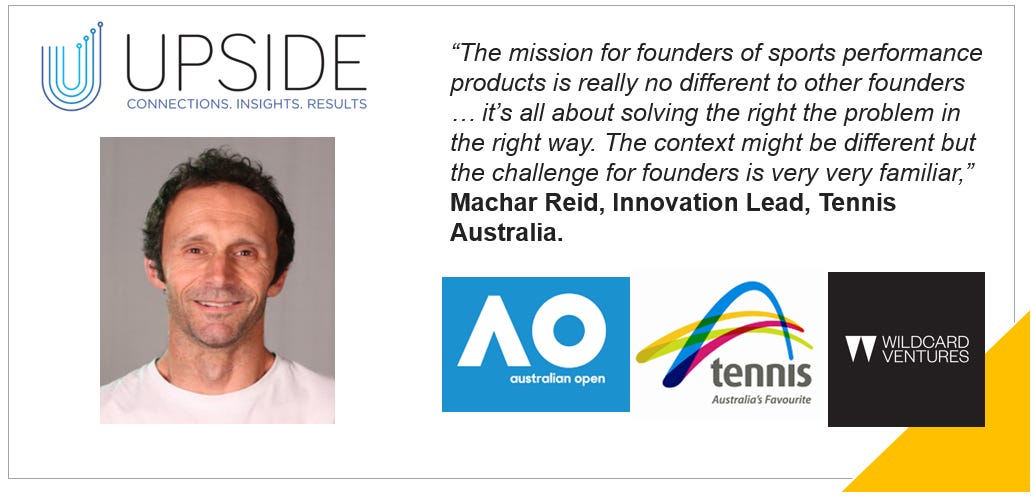
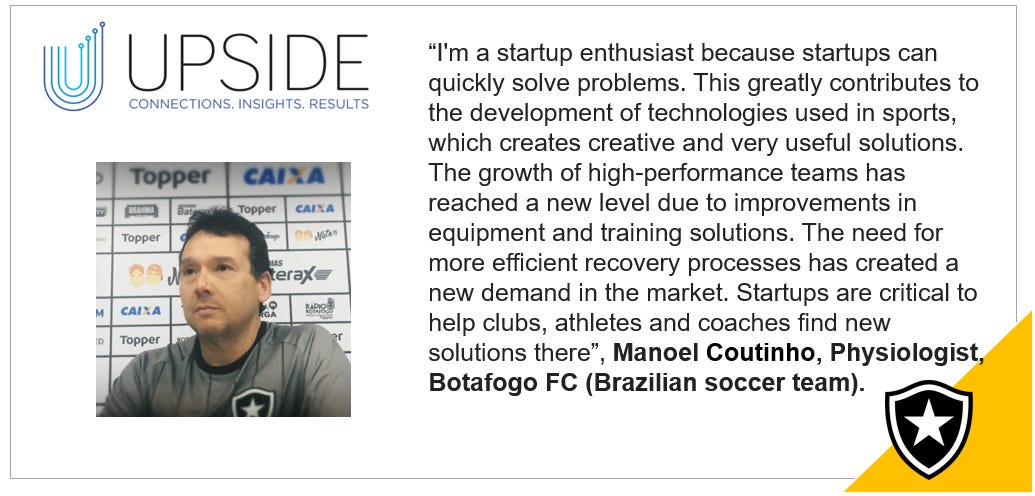

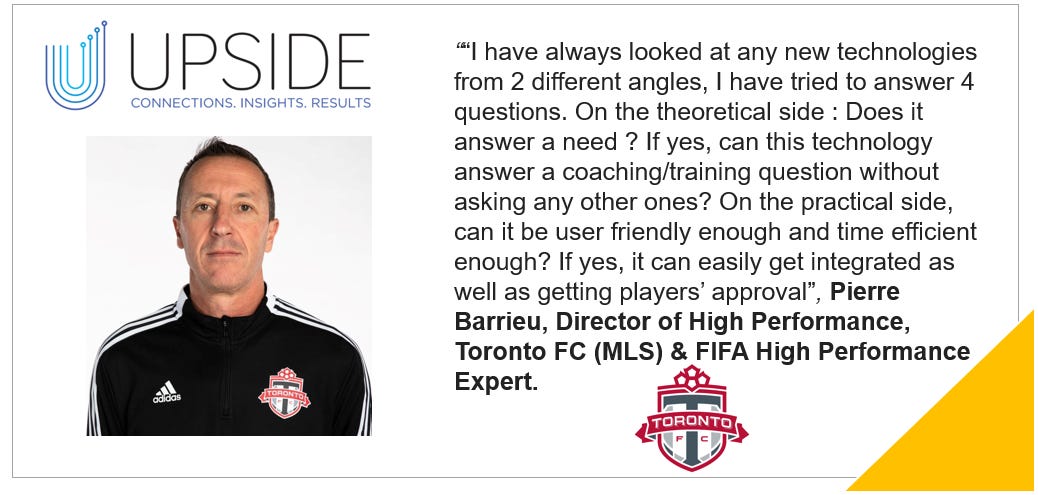



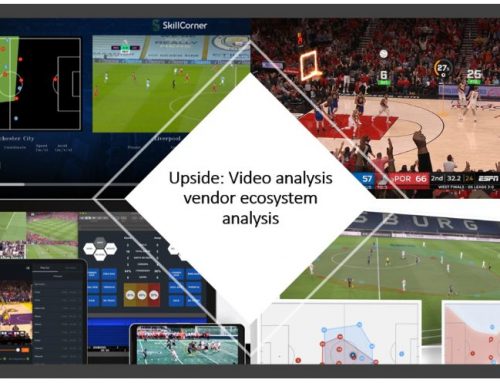

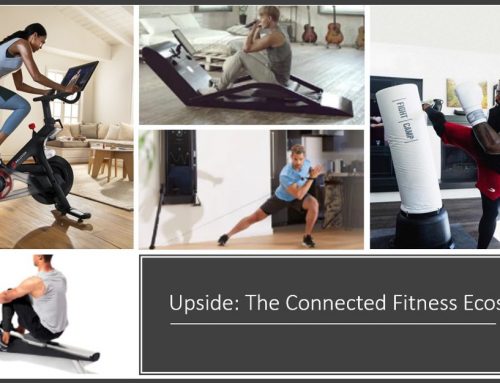



Leave A Comment
You must be logged in to post a comment.